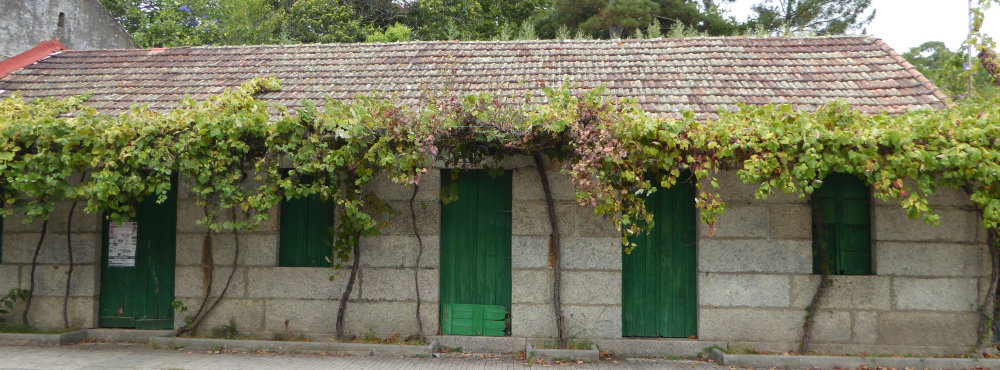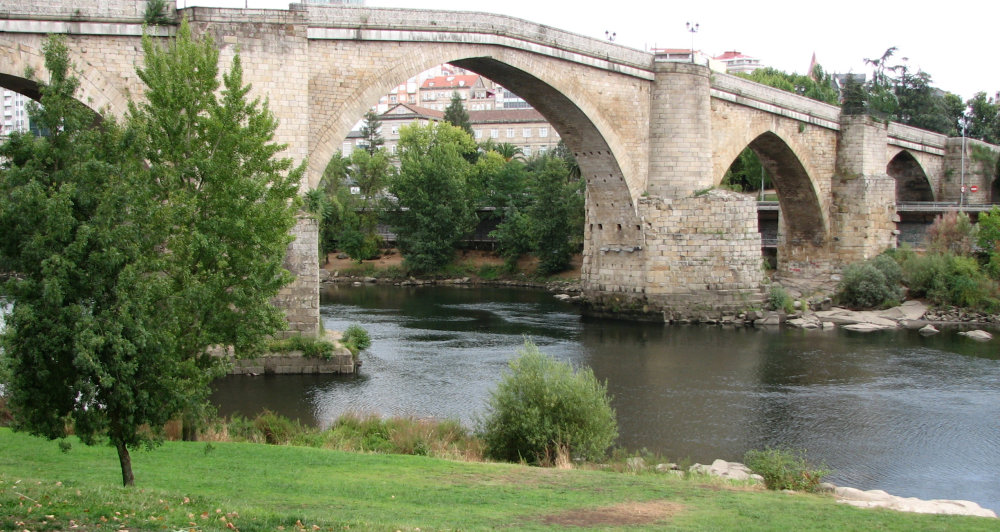So the urge strikes when you are far from home. What’s a girrrlll gonna do?
Because yes, this is for women. Men have it a lot easier when needing a bathroom break.
Urban needs
Locals in Spain joke that there’s a bar/café every other block in most cities – until you desperately need a coffee, a beer or a potty break, then there are none. In smaller towns the rule of thumb is bar in the main square, bar on the highway, though yes, there are towns where that rule does not apply and even (gasp!) towns with no bars.
Cultural notes: in Spain we call them “bars”, which in English may sound alcoholic, but in Spain most places serve coffee, alcohol and some kind of food. There are several words for bathroom: aseo, servicio, baño and WC are the most frequent. In most places, the bathrooms are only for clients; if you really, really don’t want anything, you can offer 50 centimes or a euro and gesture at the bathroom or ask if you speak Spanish. This has become standard practice some places on the Camino / Road of St. James.
Pick your place: Gone are the bad old days of really deficient bathrooms. Gone (thankfully!) is Elefante toilet paper, brown paper bag on a roll, also gone is crepe-paper toilet paper (neither very efficient or user-friendly). Now most public places have clean or very clean bathrooms, though some might be missing hand soap and every now and then toilet paper. Tip on the TP: check on the wall before you go into your stall. Some public bathrooms now have a big dispenser outside the stalls, grab what you need before going into your stall. (this might sound silly, but does eliminate the task of looking into all the stalls until you find one with paper). And yes, it’s a good idea to always have Kleenex with you, just in case.
If you are often out and about in your city, it’s good to locate the best not-bar potties on your usual routes. This is especially important if you are often with kids or if you sometimes have sudden urges. Here are some of mine in Madrid:
Corte Inglés department store in Callao, second floor next to the elevators (other “Corte” stores are also good choices but I never remember where the WC is located in most stores, this one is easy to find). FNAC in Callao, top floor. Bus stations at Moncloa, Principe Pio and Plaza de Castilla; for the last in the underground station and also surface station between the leaning towers. (yes, these are usually all quite clean). Most Mercadona supermarkets. Retiro park, three WC that I know of (near Angel Caido, near the bandstand on north side of the park, near the southwest corner of the big lake). And last but definitely not least, the brown-box freestanding bathrooms, on the street various places around the city. They cost 10 centimes and yes, they really do seem to self-clean after each use, I’ve never found an icky one.
On the trail
Sooner or later it’s going to happen. You need a potty break when there are no potties to be had. This is not a major problem, though the first time might cause some anxiety. Just keep some things in mind:
Pick your place. (duh). Get far enough away from the trail to not be obvious, but not so far away that you have problems finding your way back, especially important if you are in thick vegetation or on a lightly travelled trail. This may sound silly, but people can and do get turned around after a pee-break. If you are with a group, it’s good to tell someone you are taking a break, perhaps with a code phrase like “looking for a green door”, borrowed from a long-ago hiking friend and now my own code for walking with groups (yes, that’s the reason for the photo at the top, now you know!).
Know the unfriendly plants and stay as far away as possible. Brambles and other thorny things are obvious, but you should also know more or less what poison ivy looks like, and in Spain, stinging nettles.
Leave no toilet paper. This is a no-brainer, but many people do not follow this simple rule. There several ways around this, of course: pack your paper out in a plastic bag, dump the contents at first trash can; don’t use at all, drip onto panty liner and clean yourself up at first opportunity; peecloth made of an old sheet or bandanna, kept in plastic bag and washed out as frequently as possible.
Be fast and / or discrete, especially important if you are on a well-travelled trail like the Camino (Road of St. James). One fabulous way to be discrete is to wear a skirt for hiking, that way you will rarely if ever be caught showing the unshowable (more on that idea here http://www.bridgetospain.com/hike-like-a-girl/ ). Another way to be fast is a F.U.D. or female urination device. These thingies are also known as pee-funnels (yes really) and let women pee standing up, just unzipping your pants and using the funnel as per manufacturer suggestions and your own common sense. Women seem to have strong opinions about these devices, from “game-changer” to “useless”. That seems to depend partly on strength of quads (for squatting) and / or open-ness to strange new ideas (of course these work when in really icky bathrooms as well as on the trail). If this device sounds like it might work for you, read reviews of the various F.U.D. brands out there as they really are different. Do some googling with F.U.D. or pee-funnel. Oh, and some suggestions for F.U.D use: practice in the shower first, learn about aim, and do not pee into the wind.


